Feline bronchitis, sometimes called feline allergic bronchitis or feline asthma, is caused by inflammation in the cat's lower airways. The primary symptom is a cough, which might come and go or might be frequent. Although any cat can develop bronchitis, it is most common in cats that are 2 to 8 years old, particularly in Siamese cats or cats that are overweight.
Although feline bronchitis is usually a chronic condition, there are medications and steps you can take to help your pet live a nearly normal life.
What Is Bronchitis?
Bronchitis is an inflammation of the lower airways, particularly the bronchi, which are the two main tubes that branch off the trachea (windpipe) into the lungs. Bronchitis is not exclusive to cats, as it is a fairly common condition that affects many other animals, including humans and dogs.
The inflammation can cause excessive secretions within the bronchi, as well as swelling, making it difficult for your cat to easily breathe in and out. The persistent cough is the cat's body's way of trying to clear the excess secretions from the airways.
Bronchitis is sometimes an acute process that comes on suddenly and can be reversed with prompt treatment, but most often in cats, it leads to permanent changes in the airways and becomes a chronic condition that can be managed but not cured.
Symptoms of Bronchitis in Cats
The most common symptom of bronchitis in cats is a dry, hacking cough. Coughing cats will typically squat down low and extend their neck while opening their mouths. If you think this sounds a lot like the position a cat assumes when it is coughing up a hairball, you'd be correct. In fact, the first few times you catch your cat coughing, you may think it is coughing up a hairball. The difference being a true cough won't end in a hairball on your floor.
Other commonly seen symptoms in cats having a flareup of chronic bronchitis include whistling or wheezing with each breath (usually heard more audibly on exhale than inhale) and difficulty breathing, which might display as the cat's sides heaving in and out. A cat that is really struggling to breathe will often pant with an open mouth. Panting is not a normal behavior in cats like it is in dogs, and if you see your cat suddenly panting, you should seek veterinary medical attention immediately.
As your cat's bronchitis progresses, you may also start to see a decrease in energy, with the cat sleeping more, playing less, and generally appearing fatigued. It's important to note that cats with bronchitis typically won't lose their appetite or have a fever. Your cat's bronchitis symptoms may be cyclical, seasonal, or even constant, depending on the cause.
Causes of Bronchitis
Basically, bronchitis is inflammation of the bronchi, often accompanied by excessive secretions and swelling. The underlying mechanism of this inflammation is not well understood, but there are many potential triggers of this condition. The most common include:
- Airway irritants, such as cigarette smoke, dust from cat litter, or fragrances in cleaning supplies or perfumes. Essential oil diffusers can be a trigger for some cats.
- Allergies to airborne pollen, dust, or molds
- Bacterial, viral, or fungal infections in the airways
- Infestation of heartworms or lung worms
Often, it is not possible to determine the specific trigger for your cat's bronchitis, however.
Diagnosing Bronchitis in Cats
When you initially bring your cat in for coughing or difficulty breathing, your veterinarian will begin by listening to your cat's heart and lungs. Abnormalities in your cat's lower airways can be heard with a stethoscope in many cases. From there, your vet will likely take an x-ray of your cat's chest to look for any changes that would suggest bronchitis or any other reason for your cat's symptoms.
Your cat probably will have several blood tests, including a general chemistry panel to assess the cat's overall health. A complete blood count (CBC) is usually ordered to determine your cat's white blood cell levels; an increased level of a certain type of white blood cell called an eosinophil is often associated with allergies. Your vet might also want to check a stool sample in search of lung worms.
More specialized tests such as a bronchoscopy or a wash of your cat's airway system may be performed. Both of these tests require your cat to be under general anesthesia. A bronchoscopy involves a tiny fiber optic scope passed through your cat's mouth and down into its airways. This lets your vet better visualize your cat's entire respiratory system. Tracheal lavage is a wash of the airways that gathers cells for examination under the microscope in search of signs of chronic inflammation or other abnormalities.
Treatment
Since feline bronchitis can be caused by a variety of things, and since determining the true cause can be difficult, treatment takes a multimodal approach. This often includes both medications and environmental changes.
Medical treatment for bronchitis usually includes a bronchodilator such as albuterol, which helps open up constricted airways. Bronchodilators are usually inhaled medications. Corticosteroids, such as prednisolone, are also commonly prescribed to help reduce airway inflammation. Corticosteroids can be injected, inhaled, or delivered in pill form.
If your cat requires inhaled medications, your veterinarian will help you learn to use an inhaler specially designed for feline patients.
If your vet determines that your cat has an underlying bacterial infection causing the bronchitis, antibiotics, whether injected or in oral form, will also be required. Parasitic infections of lungworms or heartworms must be treated, as well.
Removing common airway allergens from your home is also a recommended long-term treatment for bronchitis. Don't expose your cat to cigarette smoke, strong perfumes, essential oils, or scented cleaning supplies. Wash your cat's bedding with a dye-free, fragrance-free detergent. It's often helpful to switch your cat's litter to a low-dust, fragrance-free brand, as well. Of course, all cats have different litter preferences, so keep an eye on your cat's bathroom habits to ensure it accepts its new litter.
Installing air purifiers and filters throughout your home can also keep airborne allergens to a minimum. Nutritionally, a cat with bronchitis may benefit from a weight loss plan if it is overweight. It's best to discuss an appropriate strategy with your veterinarian.
Prognosis for Cats With Bronchitis
With treatment, your cat is likely to live a fairly normal life. However, because feline bronchitis is usually chronic, be prepared to take your cat to the vet for checkups more often than a healthy cat would require, and know that you will probably be giving your cat some type of medication for the rest of its life.
How to Prevent Bronchitis
It is not always possible to prevent bronchitis in cats, as it can be allergy-related or due to an unknown trigger. However, getting your cat treatment for any signs of respiratory infection—including coughing, sneezing, runny eyes, or runny nose—can sometimes ward off bronchitis before it becomes chronic. And keeping your home free of common airway irritants, such as cigarette smoke, strong fragrances, essential oils, and excessive dust can also help prevent allergic responses that lead to chronic airway inflammation.

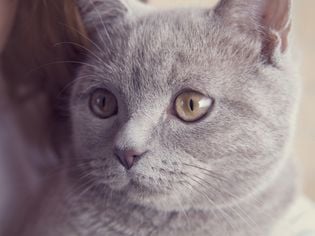
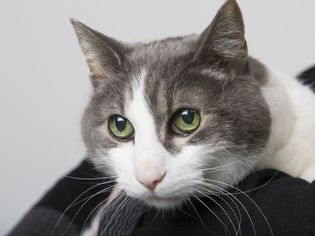


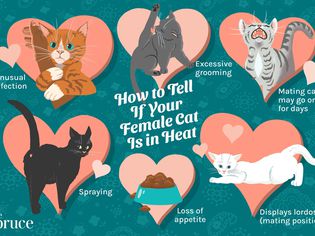

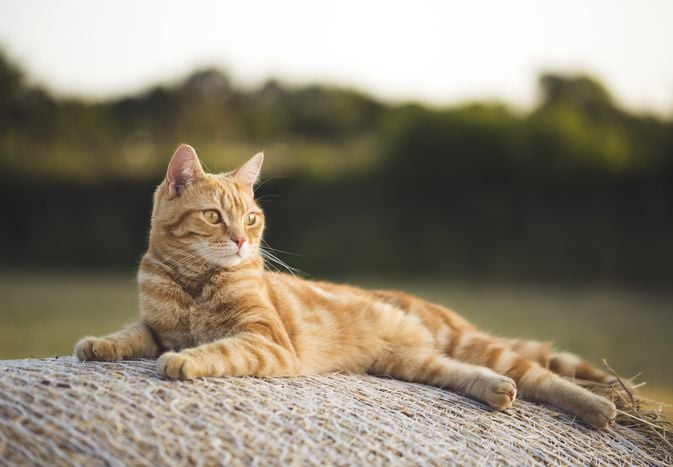
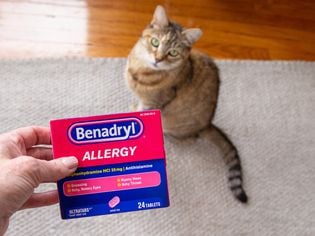
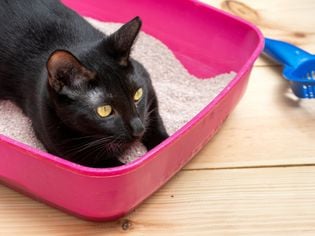
Comments on " Bronchitis in Cats" :